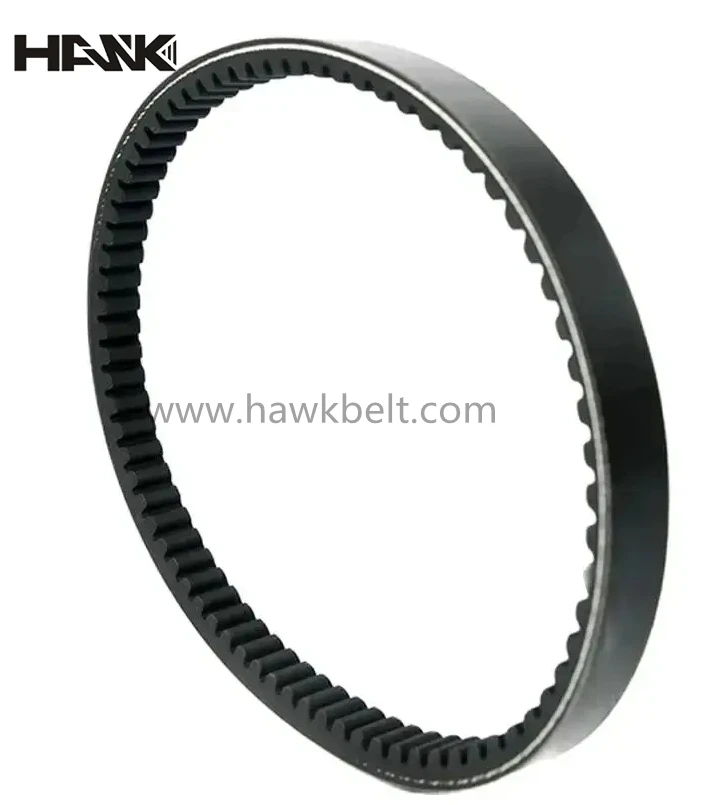- Arabic
- French
- Russian
- Spanish
- Portuguese
- Turkish
- Armenian
- English
- Albanian
- Amharic
- Azerbaijani
- Basque
- Belarusian
- Bengali
- Bosnian
- Bulgarian
- Catalan
- Cebuano
- Corsican
- Croatian
- Czech
- Danish
- Dutch
- Afrikaans
- Esperanto
- Estonian
- Finnish
- Frisian
- Galician
- Georgian
- German
- Greek
- Gujarati
- Haitian Creole
- hausa
- hawaiian
- Hebrew
- Hindi
- Miao
- Hungarian
- Icelandic
- igbo
- Indonesian
- irish
- Italian
- Japanese
- Javanese
- Kannada
- kazakh
- Khmer
- Rwandese
- Korean
- Kurdish
- Kyrgyz
- Lao
- Latin
- Latvian
- Lithuanian
- Luxembourgish
- Macedonian
- Malgashi
- Malay
- Malayalam
- Maltese
- Maori
- Marathi
- Mongolian
- Myanmar
- Nepali
- Norwegian
- Norwegian
- Occitan
- Pashto
- Persian
- Polish
- Punjabi
- Romanian
- Samoan
- Scottish Gaelic
- Serbian
- Sesotho
- Shona
- Sindhi
- Sinhala
- Slovak
- Slovenian
- Somali
- Sundanese
- Swahili
- Swedish
- Tagalog
- Tajik
- Tamil
- Tatar
- Telugu
- Thai
- Turkmen
- Ukrainian
- Urdu
- Uighur
- Uzbek
- Vietnamese
- Welsh
- Bantu
- Yiddish
- Yoruba
- Zulu
டிசம்பர் . 13, 2024 18:06 Back to list
industrial timing belt
Understanding Industrial Timing Belts Key Components of Mechanical Systems
Industrial timing belts play a crucial role in various mechanical systems, ensuring precision and reliability in power transmission. These belts are integral to multiple industrial applications, from automotive engines to manufacturing machinery. In this article, we'll delve into the fundamentals of industrial timing belts, their types, benefits, and best practices for maintenance.
What is a Timing Belt?
A timing belt is a looped strip, typically made of reinforced rubber or composite materials, designed to synchronize the rotation of two or more components. Unlike standard belts, timing belts feature teeth that engage with corresponding grooves on pulleys. This interlocking mechanism ensures that the belt maintains a consistent relationship between the crankshaft and the camshaft in an engine or between any two rotating shafts in machinery, preventing slippage and ensuring accurate timing.
Types of Timing Belts
Timing belts come in various types, each tailored for specific applications. The most common types include
1. Standard Timing Belts These are used in general applications, featuring a trapezoidal tooth profile designed for efficient power transmission.
2. HTD (High Torque Drive) Belts These belts have a modified tooth profile that provides increased load capacity and is commonly used in high-torque applications.
3. RPP (Rubber Polyurethane Profile) Belts Constructed from a combination of materials, RPP belts are designed for high strength and durability, often utilized in high-speed and heavy-duty applications.
4. Synchronous Belts These belts are designed for specific synchronous applications and are crucial for systems requiring high precision.
Benefits of Timing Belts
Timing belts offer several advantages over other power transmission methods, such as chains or gears
industrial timing belt

- Precision The teeth of timing belts reduce the risk of slippage, ensuring accurate timing and synchronization in machinery and engines
.- Low Maintenance Timing belts generally require less maintenance than chains, as they do not need lubrication, which reduces operational costs and downtime.
- Noise Reduction Compared to chain drives, timing belts operate more quietly, making them suitable for applications where noise reduction is a concern.
- Lightweight Timing belts are lighter than chains or gears, which can contribute to overall energy efficiency in mechanical systems.
Maintenance Best Practices
To ensure the longevity and efficiency of timing belts, regular maintenance is essential. Here are some best practices
1. Regular Inspections Routinely inspect the timing belt for signs of wear and tear, including cracks, fraying, or missing teeth. Early detection of issues can prevent larger problems down the line.
2. Proper Tensioning Ensure that the timing belt is correctly tensioned. An overly tight or loose belt can lead to premature wear or failure. Always follow manufacturer specifications for tension settings.
3. Alignment Checks Misalignment of pulleys can cause uneven wear on the belt. Regularly check alignment and adjust as necessary to maintain optimal performance.
4. Environment Considerations Timing belts can be affected by exposure to extreme temperatures, oils, and chemicals. Ensure that the operating environment is suitable for the materials used in the timing belt.
Conclusion
Industrial timing belts are vital components within a multitude of mechanical systems, providing precision and reliability for various applications. Understanding their construction, types, benefits, and maintenance practices can contribute significantly to the efficiency and longevity of machinery. As industries continue to evolve, the role of timing belts will remain pivotal, driving advancements in power transmission technology and mechanical engineering solutions. By prioritizing proper care and maintenance, businesses can maximize the performance and lifespan of their timing belts, ensuring smooth operational workflows.
-
Korean Auto Parts Timing Belt 24312-37500 For Hyundai/Kia
NewsMar.07,2025
-
7PK2300 90916-T2024 RIBBED BELT POLY V BELT PK BELT
NewsMar.07,2025
-
Chinese Auto Belt Factory 310-2M-22 For BMW/Mercedes-Benz
NewsMar.07,2025
-
Chinese Auto Belt Factory 310-2M-22 For BMW/Mercedes-Benz
NewsMar.07,2025
-
90916-02660 PK Belt 6PK1680 For Toyota
NewsMar.07,2025
-
drive belt serpentine belt
NewsMar.07,2025

